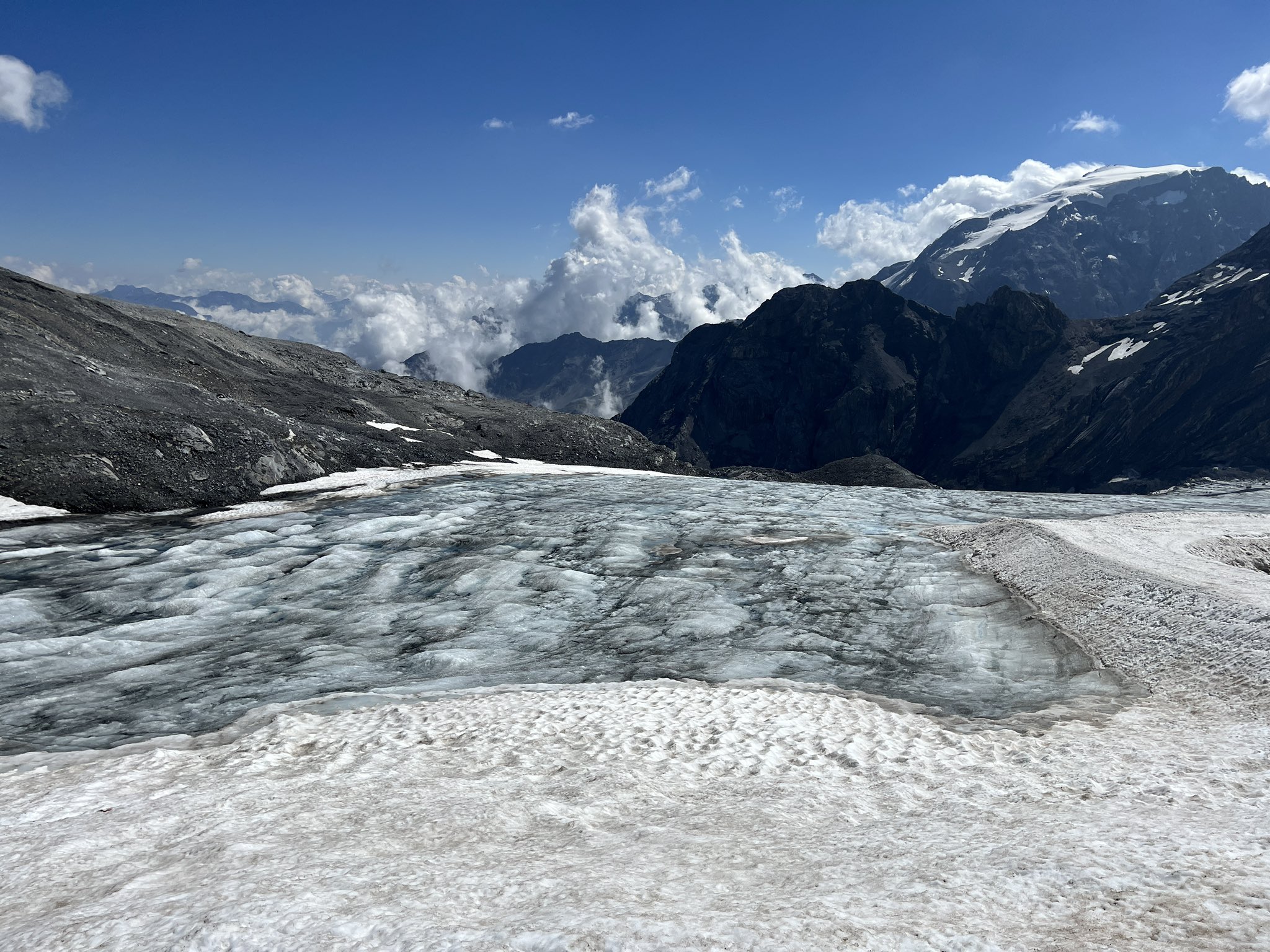Melting Glaciers
News Kashmir Analysis
Glaciers are lifeline of humanity as they are source of major rivers. Glaciers are keystones of Life on Earth. As giant freshwater reservoirs, they support the planet’s life systems and influence our day-to-day lives, even for communities who live far away from them.
The melting of glaciers is a matter of serious concern as it can lead to nature havoc. For ecologically fragile zones like Kashmir it can have serious consequences.
Himalayan glaciers are retreating at “varying rates” and melting of glaciers can’t be prevented or slowed down, Union Minister of Earth Sciences, Kiren Rijiju, told the Rajya Sabha in a written reply few days back.
The Indian Space Research Organization’s (ISRO’s) Space Application Centre (SAC) has mapped 5234 glaciers of the Himalayan-Karakoram (H-K) region using primarily IRS LISS III data which indicated a varied loss in glacier area in the region.
The Geological Survey of India (GSI) and various Institutes/Universities under the projects funded by the Department of Science and Technology (DST) too have conducted mass balance studies on a number of glaciers and found that the majority of Himalayan glaciers are melting/ retreating at varying rates in different regions.
Rijiju said the glacier inventory prepared by the National Centre for Polar and Ocean Research (NCPOR) for the Chandra basin (2437 km2 area) in the western Himalayas shows that it has lost about 6% of its glacial area during the last 20 years and 2.4-meter water equivalent (m w.e.) to 9 m w.e. ice mass during 2013-2021. The glaciers in the Bhaga basin lost huge ice mass in the range of 6 m w.e. to 9 m.w.e. during 2008-2021. The annual rate of retreat of Chandra basin glaciers varied from 13 to 33 meters/year during the last decade.
Expert pulse is that disappearance of glaciers makes visible the invisible. It makes tangible the current climate change that can be hard to perceive in other ecosystems. The recent evolution of glaciers found in World Heritage sites paints a true picture of their decline in a warming planet.
Melting of Glaciers is a matter of serious concern for Jammu and Kashmir too.
Jammu and Kashmir Himalayas hosts some of the largest glaciers in the Hindu Kush region. Scientific studies indicate that Kolahoi, the largest glacier of Kashmir valley’s Jhelum Basin, is retreating rapidly due to spurt rise in temperature triggered by global warming and extreme pollution.
Thajiwas, Hoksar, Nehnar, Shishram, and glaciers around Harmukh are also retreating slowly.
In coming times, the melting of glaciers diminish the stream flow of trans-boundary rivers emanating from the region.
Studies point out grim realities. 2019 study reveals that glaciers in the Hindu Kush Himalayan region – which contains the world’s third-largest glacial ice cap and is home to ten major river basins and mountain peaks, such as Mount Everest – could lose more than a third of their volume by the end of the century even if world nations meet their most ambitious climate targets.
One hopes we are able to stem the flow of melting glaciers.




